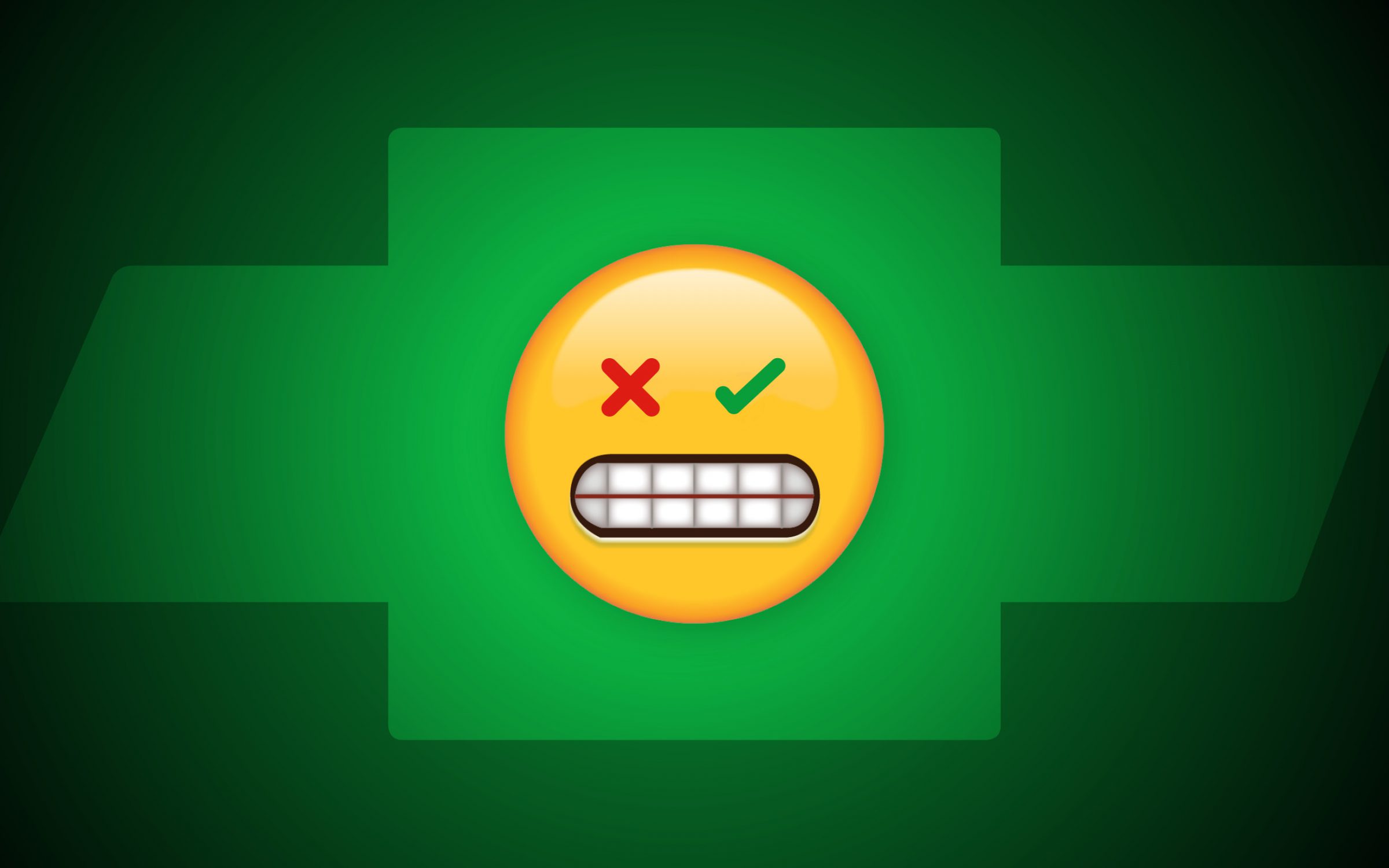
What Changed with GM iMR and LMA (And What Should You Do About It)?
Auto franchise owners are tasked with meeting a lot of specific standards in order to keep their dealerships in good standing. But in our experience, few original equipment manufacturer (OEM) requirements cause as much confusion as co-op.
Back in October 2017, we wrote about the General Motors (GM) co-op programs, iMR and LMA, taking a look at the submission process for iMR match funds.
Our goal was to help Chevrolet (and Cadillac, Buick, and GMC) dealership owners understand how to maximize their co-op dollars. We still want to see dealers get the most of their available funds while maintaining marketing strategies that perform for their whole dealership, but the process is a little different now.
What Are LMA and iMR?
Let’s start at the beginning: what does all this alphabet soup even mean?
The local advertising and marketing program (LAM) is a Chevrolet program that offers dealers a complete package of group and individual advertising programs.
LAM consists of two separate pieces:
- The individual dealership portion: in-market retail (iMR)
- The group advertising portion: local marketing association (LMA)
Dealers can take part in one or both sections of LAM, depending on their needs. GM offers up match funds to dealerships, depending on the level of participation in these co-op programs.
The goal, as stated by our friends at Chevy corporate, is to “improve GM new‐vehicle, retail and wholesale parts, service, accessories, and Certified Pre‐Owned retail sales and market share in participating markets.”
So what does that really mean?
The whole point of LMA and iMR is to focus energy around new car sales, so you can’t get away with using these funds on non-GM marketing.
Dealers can use this group marketing money to increase impressions and leads, though, helping them own more of the media share in the area.
What Changed with GM Co-op?
Before January 2019, there were some restrictions on the vendor submitting reimbursement claims for iMR or LMA funds through GM. There were some services for which you had to use a turnkey vendor, but others for which you did not. Unlike the co-op process for some of the other major auto manufacturers, there also wasn’t a pre-approval process for advertising.
This program really wasn’t guaranteeing the highest-quality marketing for any GM dealer because there wasn’t a layer of quality control in place.
In reaction, General Motors announced a Dealer Digital Solution (DDS) program in October 2018. It offers tiered packages from 13 approved vendors. On its website, the OEM says the program aims to “reduce complexity” and “help streamline the digital universe.”
While we completely agree the iMR program needed an update — and reduced complexity is a big win — we also worry about the possibility of boilerplate content across the 4,000-plus GM dealerships using the same 13 vendors.
What’s Required for GM Dealers?
To be clear, these changes don’t require a dealer to work with one of these 13 vendors. Dealerships can continue to choose outside vendors; however, those groups won’t be co-op eligible any longer.
If you’re a GM dealer, you’re probably thinking, “Well, how can I work with anyone not on that list?”
The answer all comes down to how much iMR funding you’re actually claiming and the marketing goals of your dealership.
The DDS program covers not only digital advertising, but also vehicle images on websites, call tracking, reputation management, and chat or trade-in tools.
If your match funds will cover all of those services, plus any traditional media you claim, you should definitely take advantage of the offerings. But if your dealership doesn’t generate enough co-op match funds to cover the full spectrum of online services, we recommend putting those funds to work and potentially partnering with another agency.
How Can GM Dealers Craft Their Own Marketing Strategies?
For GM dealers considering an agency outside of the 13 DDS-approved vendors, it’s important to ask questions about the work they will provide.
The former iMR program was adjusted because it didn’t require marketers to provide proof of the quality of work. With the current program, it’s up to your dealership to vet the quality of any outside agencies you engage.
Before signing on the dotted line, ask for examples of the agency’s work for other clients. You should look for compliance competency: proper logos, accurate disclaimers, and well-defined offers in each ad.
Using a combination of co-op funding and outside marketing partners, dealers can effectively increase impressions and leads. It’s just a matter of knowing your match fund budget and finding a partner who can meet the requirements of the GM brands.
How Can We Help?
We said it back in 2017, and it’s still true now: the co-op system can be incredibly confusing, but it also provides great opportunities for car dealers to make the most of their available dollars.
If your dealership is confused about co-op, watch our webinar on the ins and outs of co-op. It has some great tips about how to get creative with co-op to improve your dealership’s marketing.
And when you’re ready for a partner who can help you do digital marketing and get the most out of your co-op dollars, request a free digital marketing assessment.
Get Your Digital Assessment »
![Human vs AI A/B Test [Spoiler Alert: Humans Win!]](https://9clouds.com/wp-content/uploads/2024/02/Volvo-dealership-1-600x388.png)



